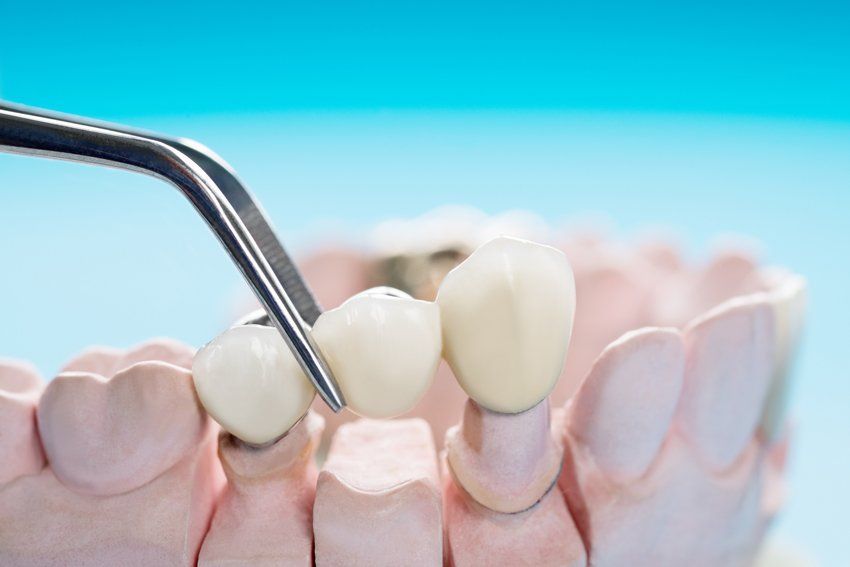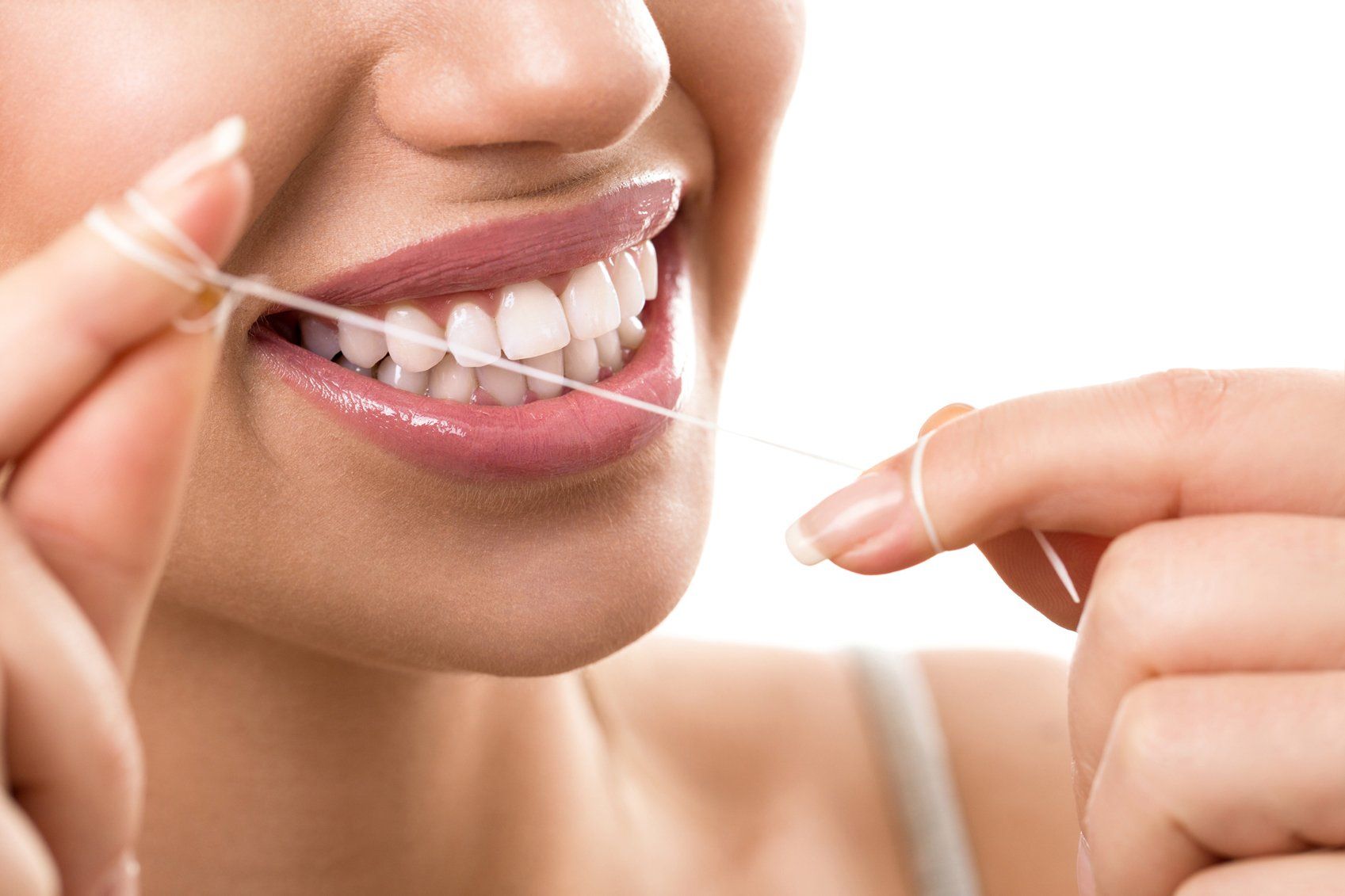Emily Daniel D.D.S.
Emily Daniel, D.D.S.
Root Canal or Extraction? Your Guide to Making the Right Decision
Dec 05, 2019

When you have a severely damaged or diseased tooth, the pain can be excruciating. There are two main options for the treatment of a tooth that has more than a simple cavity: root canal or extraction. When you understand both options and their pros and cons, you can work with your dentist to make the best decision to keep your mouth as healthy as possible.
Root Canal Therapy
Root canal therapy removes the bacteria and infection from the root and helps save your tooth.
The Procedure
When you visit your dentist for a root canal, the first thing they'll do is numb the area with a local anesthetic and place a piece of rubber around your infected tooth to keep it dry while the dentist performs the procedure.
Your dentist will drill a hole in your tooth to remove the pulp and any decayed tissue, bacteria, and debris. Once your tooth is clean, your dentist may put medication inside the tooth to treat any infection and place a temporary filling inside until they can seal the tooth several days later.
If you don't need medication, your dentist will permanently seal your tooth the same day.
Aftercare
While many people associate root canals with painful recovery times, modern procedures make most root canals nearly painless. You might experience mild discomfort and sensitivity for a few days after your root canal, but over-the-counter pain relievers, such as acetaminophen or ibuprofen, are usually all you need.
Root canals cause very little downtime. Most patients can return to work and normal activities the day after the procedure.
Other Considerations
Most dental insurance policies will at least partially cover the cost of a root canal, but you may have to pay several hundred dollars out of pocket for the procedure. While a root canal often costs more than an extraction initially, the overall cost is often lower when you consider the cost of replacing an extracted tooth with a bridge or implant.
Some dentists refer patients to an endodontist, a dental professional who specializes in root canal therapy, for more complicated root canals.
Extraction
While saving your natural tooth is always preferable, your tooth might need to be pulled if the infection or damage is too severe for a successful root canal.
If you need a tooth extraction, your dentist will remove your tooth and the roots entirely. This eliminates the infection, but it leaves a gap that can require a subsequent procedure to replace the missing tooth.
The Procedure
Most tooth extractions are relatively simple. Your dentist will numb your mouth with a local anesthetic, remove your tooth, and clean out any debris and infection. You'll have a gauze pad packed inside the hole to minimize bleeding and encourage a clot to form so the space can heal.
Aftercare and Results
Recovery from an extraction usually takes a few days. Your dentist may prescribe painkillers to minimize any discomfort during the first couple of days. You'll need to change your gauze pads regularly. Apply ice to the outside of your cheek for 10 to 15 minutes at a time to minimize swelling.
The most important thing to do after you have a tooth pulled is to prevent dry socket. Dry socket is a painful condition that happens if the blood clot is dislodged. Don't smoke, spit forcefully, or drink through a straw for at least 24 to 48 hours. Eat soft foods for the first few days.
Other Considerations
Once the extraction site heals, you can discuss tooth replacement with your dentist. A space in your mouth is unsightly and can cause your other teeth to shift, which can create bite problems and further tooth damage.
You can usually opt for a bridge or a dental implant to fill in the gap. Dental implants cost more than bridges, but they look more natural and last much longer.
If you're experiencing tooth pain or have a damaged or infected tooth and still aren't sure if root canal therapy is right for you, contact us
at P.A. Daniel Jr., D.D.S., to make an appointment to discuss your situation and go over all available treatment options.
CONTACT INFORMATION
Phone: (919) 734-4716
Address: 2300 Wayne Memorial Dr., Suite D, Goldsboro, NC 27534
BUSINESS HOURS
Monday - Thursday: 8:30 AM - 5:30 PM
Friday: By Appointment
Saturday - Sunday: Closed



OUR LOCATION
Content, including images, displayed on this website is protected by copyright laws. Downloading, republication, retransmission or reproduction of content on this website is strictly prohibited. Terms of Use
| Privacy Policy









